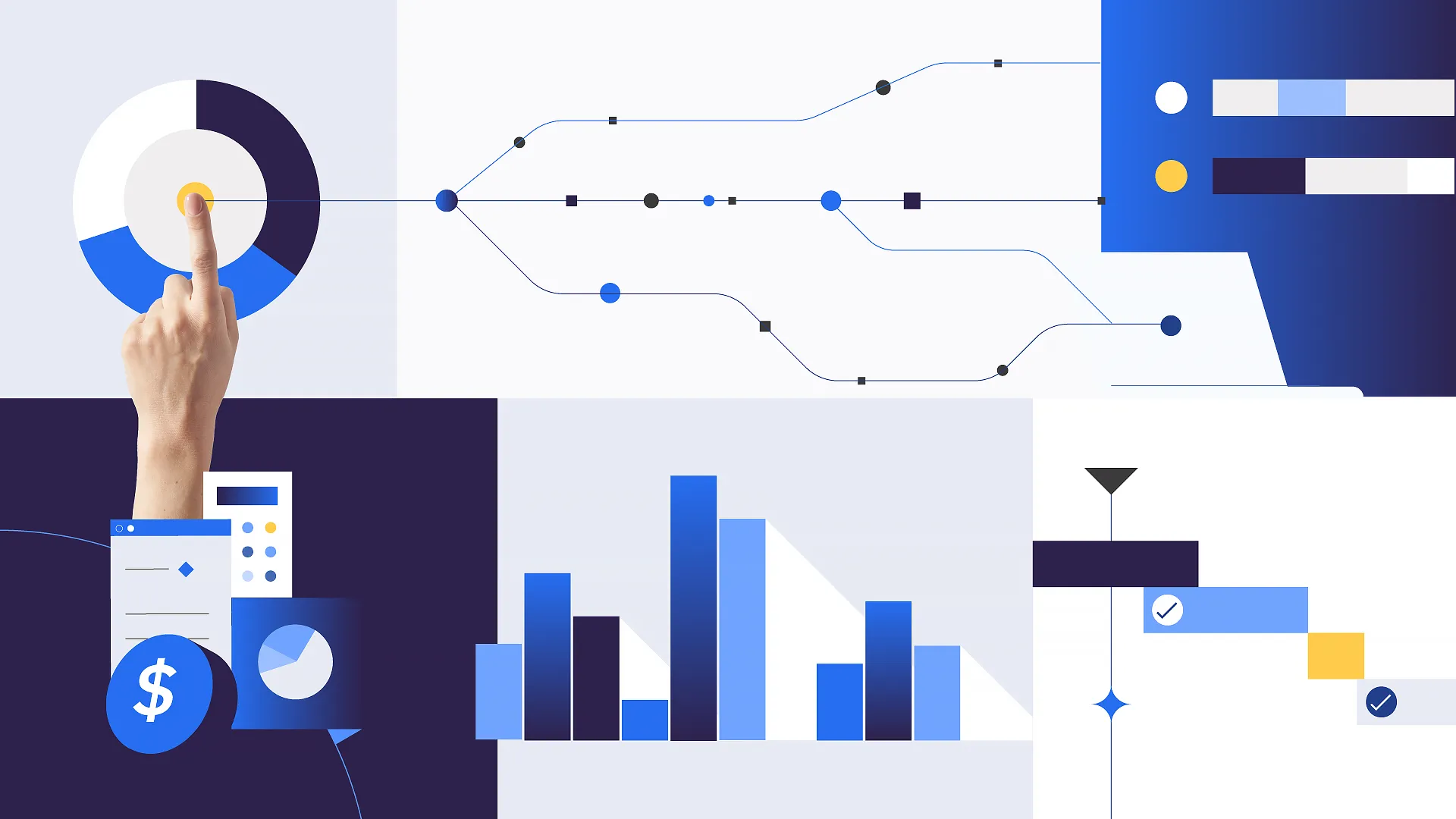In the ever-changing world that is digital advertising, keeping ahead the trend is no longer a luxury, but essential, especially for small business owners as well as entrepreneurs. marketing automation has transformed from a flimsy buzzword to an indispensable instrument that will change the way we communicate with customers, improve our internal procedures, and eventually improve our profitability. In this post on the blog that is deep we’ll look at the many ways that marketing automation could be utilized by small-scale businesses to achieve significant expansion and efficiency.
Understanding Marketing Automation
Marketing automation, at its heart is the use of technology platforms and software to improve the efficiency of the marketing process by replacing manual processes with automated ones. This is accomplished by giving businesses the capability to engage prospects by providing highly customized and useful content that will convert potential customers into customers and convert customers into happy brand ambassadors.
Getting the right message to the appropriate people at the appropriate time is the core of marketing that automation attempts to improve. Imagine your entire marketing team functioning 24/7 and with a perfect memory and the ability to calculate as machines, but without the coffee breaks. This can be a game changer for businesses that want to grow substantially without having to increase in the costs of labor.
Here are a few of the most important areas where marketing automation excels:
- Management of leads: Automatically managing leads and scoring them, making sure that the leads you want to follow up quickly.
- Marketing via email: creating, sending and tracking email marketing campaigns easily.
- Social Media Marketing: Scheduling the publishing of content and the tracking of engagement in a central manner.
The Business of Streamlining
The core of both marketing automation as well as automated data entry is its capacity to simplify processes. Consider an inquiry from a potential customer that prompts an array of predetermined responses which are all specifically tailored to the particular phase of a buyer’s experience. This customer no longer have to wait around for a reply by hand and instead their interaction to the company is quick and precise.
Check out the ways this could save you valuable resources and time:
- Customization at a scale: The ability to customize communication using hundreds or even thousands of leads at the same effort that you would reach one.
- Management of cross-channels: streamlining operations across social, email, and various other channels, to ensure uniform and coordinated campaigns.
- Automating repetitive tasks: Everything from sharing on social networks at the best timings to managing the list of subscribers is possible to automate, freeing time to focus on more strategic tasks.
Harmonizing Your Customer Journey
A seamless customer experience is essential in retaining and increasing your base of customers. Automation in marketing ensures that, regardless the channel or platform the experience and message is consistent and aligns with your brand’s appearance and tone of voice.
Take a look at these benefits to your clients:
- Consistent messaging regardless of the method or manner in which a consumer interacts with your company, they are able to receive an unifying message.
- Touchpoints for personalization Automation tools can send customized messages that feel custom-made and enhance the user’s experience.
- Timeliness Instant responses to customer queries or actions indicate the highest quality of customer service and engagement needed in today’s competitive market.
Leveraging Data for Deeper Insights
The value that marketing automation has is its capacity to gather and analyze data in a way that is impossible. The data collected isn’t simply numbers, it’s an information goldmine that, when utilized correctly will provide useful insight and help predict trends.
A few examples that show these AI information automation power are:
- Analytics based on behavior: The purpose of this is to identify patterns in customer behavior that guide marketing strategies and product development.
- Measurement of ROI: It is easy to attribute the sales-related marketing effort to engagement and identifying what activities drive the revenue.
- Testing and optimizing A/B: Testing automatically different versions of your content to determine which ones resonate with your target audience.
Building stronger relationships with customers
Marketing automation assists in building and maintenance of long-term relationships with customers. A system that is automated ensures that customers feel appreciated, beginning with the initial touchpoint to after-sales support. Examples of this improved relationship include:
- Programs for loyalty: The automated process for rewarding customers’ loyalty can lead to repeat business.
- Feedback loops: Regular communication via surveys or follow-ups after purchase can help the customers feel heard, and also keep them updated about their opinions.
- Education content: Constantly providing the best value for your money through educational content creates confidence and makes you experts in your subject.
The Art of Lead Nurturing
The real power of marketing automation is evident in the nurturing of customers through the sales funnel. When you provide the right information at the right time it keeps you in the forefront and not causing any disruption. This can be demonstrated by:
- Drip Campaigns Sending an established sequence of messages to prospects over a time to ensure the quality of leads.
- Lead scoring: assigning points to leads in relation to how they interact with the brand in order to assess their level of readiness for sales engagement.
- Automatic follow-ups: by triggering responses based on the behavior of leads makes sure that they don’t slip through the cracks.
Predictive and Behavioral Analytics
There is no need for marketing in-depth research. With the help of marketing automation technology, we are able to predict with a high level of precision, our clients their next steps. This level of information allows us to anticipate and adapt our marketing strategies to suit the needs of our customers. Here’s how:
- Risk assessment of Churn: Identifying clients likely to depart enables targeted efforts to keep them.
- Cross-selling and upselling opportunities: Recognizing patterns in buying implies that you are able to suggest similar or improved products at the right time.
- Offers that are time-sensitive: Understanding the time of day when a buyer is likely to buy, it means you can create offers that are tough to reject.
Optimizing Content Delivery
Content is the king. when you automatize marketing the reach of the king is broad and strategically. By optimizing the way you distribute information, it is possible to make sure that your message is heard by a wide audience. A few of the optimizations are:
- Calendars of content: The process of planning and automating distribution of content across different channels guarantees a consistent strategy for content.
- Segmentation Customizing content for certain audience segments improves the quality and effectiveness of content as well as engagement.
- Content delivery based on behavior Delivering content based on a user’s recent behavior can transform an ordinary look into a purchase.
Measuring and Scaling Efforts
A subject that is often ignored but is crucial is the measurement of success. Marketing automation allows us not just to monitor but also to efficiently scale our marketing strategies. Examples include:
- Tracking ROI: Understanding the ROI on investment from every marketing campaign allows for better budget allocations.
- real-time reports: The ability to keep a pulse on the action of your marketing campaigns lets you adapt and improve in real-time.
- The process of identifying bottlenecks: Finding areas quickly that lead are stuck can assist in identifying process improvement.
The Human Element of Automation
It could sound odd it sounds, but the most important aspect of automation in marketing is the human element that it highlights. Automating the mundane marketing tasks, we can free our creativity to concentrate on the human and strategic aspect of marketing. This could mean:
- The art of crafting the perfect message: After the burden of data analysis accomplished it is now time to concentrate on creating content that is engaging.
- Tasks that involve customers: dealing with questions and feedback from customers must be primarily a human task for a more personal experience.
- Continued learning: Continuously learning: Staying up to date with the latest developments and technology ensures that we are making use of automation to its maximum potential.
Conclusion
Marketing automation marks a change in the way we conduct our marketing strategies. Through the automated execution of repetitive and manual activities, we are able to free up time to develop more valuable relationships with our customers develop, think creatively, and plan. It’s crucial that businesses particularly small ones examine and implement marketing automation systems not only as a way to stay on top of the curve, but also to be able to compete and increase their competitiveness in today’s online marketplace. If you have a well-thought out and strategically approach, the advantages of these tools can be immense and satisfying. In the final analysis marketing automation is about efficiency however, it’s equally about creating an more authentic and more humane customer experience.

